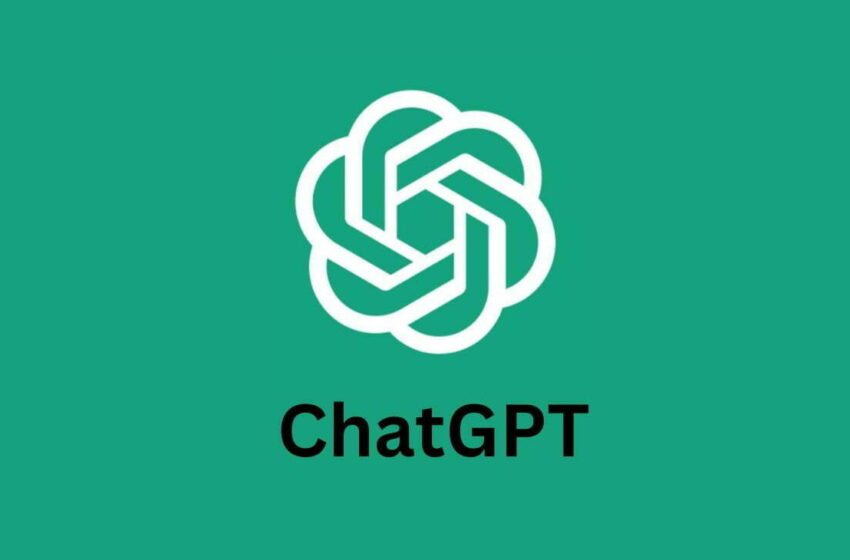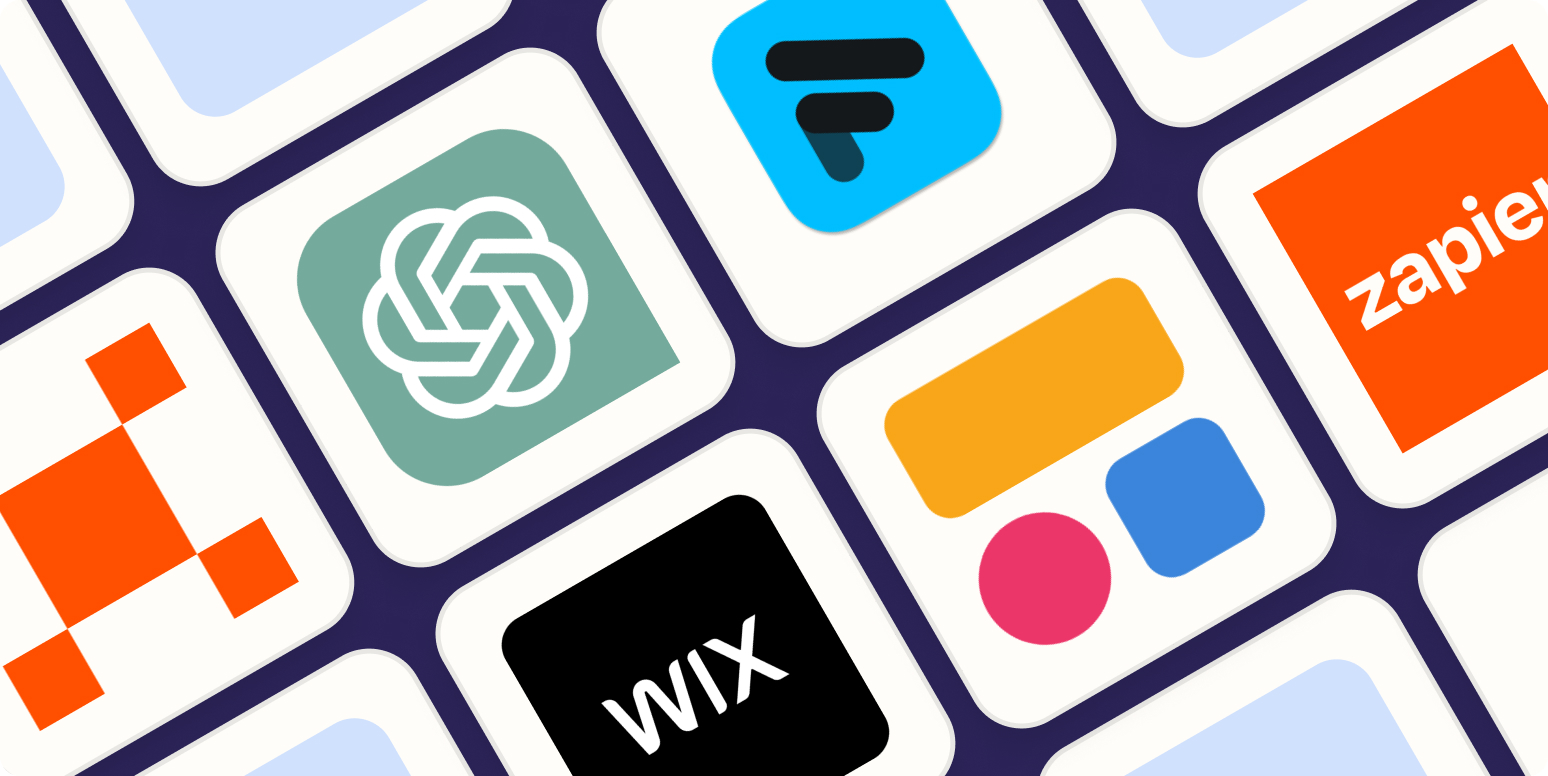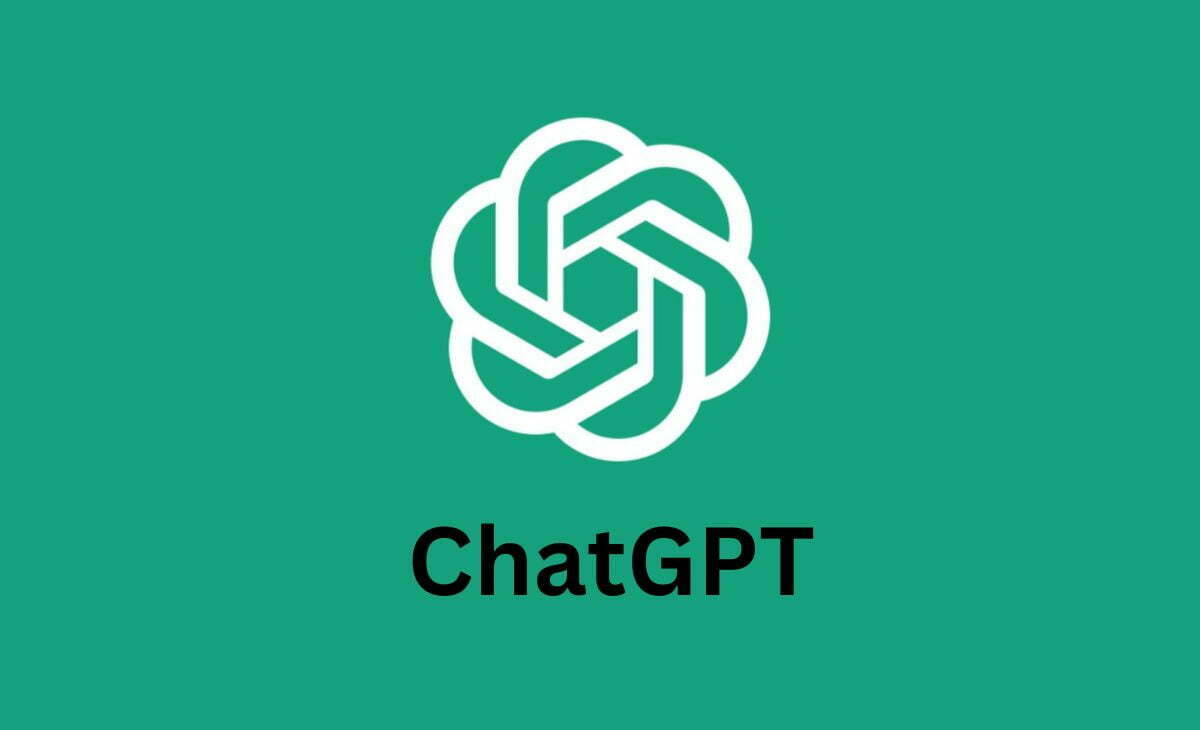What can you do with ChatGPT-5? What are the features?

OpenAI unveils GPT‑5 with major upgrades
Artificial Intelligence has reached a new milestone with the introduction of ChatGPT-5, the latest and most advanced conversational model from OpenAI. This model is not just an upgrade in terms of language fluency or speed; it represents a leap forward in how AI can reason, create, analyse, and assist across multiple domains. Unlike earlier models, GPT-5 has been trained to handle multimodal inputs — meaning it can process and understand not only text but also images, and, in some supported environments, audio and video. Its larger context window allows it to maintain coherent and detailed discussions over extended periods without losing track of earlier points. Whether you are a researcher, developer, business leader, educator, creative professional, or simply someone looking to enhance productivity, ChatGPT-5 offers capabilities that can transform how you work and create.
READ ALSO
How is GPT-5 different from GPT-4? Here’s all to know
What You Can Do with ChatGPT-5
Deep Research and Analysis
One of GPT-5’s strongest abilities is its capacity to manage and make sense of large volumes of information. You can upload entire books, multi-chapter reports, or hundreds of pages of meeting notes, and it will not only summarise them but also highlight trends, point out contradictions, and recommend actionable next steps. For instance, a policy analyst could feed in legislative documents from multiple countries and ask GPT-5 to prepare a comparative study. Journalists working on investigative stories can upload interviews, data sheets, and background articles, and GPT-5 can connect the dots to form a cohesive narrative. The large context window means that even after multiple exchanges, it remembers the details from earlier in the conversation, ensuring its analysis remains consistent and accurate.
Multimodal Understanding
The integration of multimodal capabilities sets GPT-5 apart from most other AI tools. This means you can provide it with a combination of text, images, and in some contexts, even audio or video clips. For example, an architect can upload a set of floor plan images and a written design brief, and GPT-5 can evaluate whether the designs align with the client’s requirements. A social media manager could upload a screenshot of an analytics dashboard and ask GPT-5 to interpret performance trends, suggest improvements, and draft new campaign ideas. Teachers could upload diagrams from textbooks and have GPT-5 create interactive explanations for students. This makes it an assistant that does not just “read” but also “sees” and reasons about what it sees.
Professional Writing and Editing
For writers, marketers, and corporate communicators, GPT-5 is a powerful partner. It can draft blog posts, speeches, press releases, training manuals, or entire books while maintaining a specific tone or style. By analysing previous examples of your work, it can mirror your voice, making it seem as though you wrote it yourself. Editing is another area where GPT-5 shines. It can refine sentences for clarity, check grammar and punctuation, restructure entire paragraphs for better flow, and even adapt content for different audiences. For instance, a technical report for engineers can be transformed into a simpler, public-friendly article without losing accuracy.
Coding and App Development
Software developers can take advantage of GPT-5’s enhanced programming capabilities. It can generate complete applications from scratch, explain complex algorithms in plain language, and suggest optimisations for speed and security. You can ask GPT-5 to integrate APIs, build interactive websites, or create automation scripts. Its debugging abilities allow it to scan through code, identify logical errors, and recommend fixes. Even those with little to no programming background can describe what they want, and GPT-5 can translate that into functional code. For example, a small business owner could ask GPT-5 to create a simple inventory management app without writing a single line of code themselves.
Automation and Agent-like Tasks
Beyond simply answering questions, GPT-5 can function like an intelligent assistant that plans and executes tasks on your behalf. It can break a complex goal into smaller steps and work through them in sequence. For example, if tasked with organising a conference, GPT-5 could draft the agenda, create promotional materials, compile a guest list from a spreadsheet, and generate follow-up emails for attendees. When integrated with connected applications like Google Drive or Microsoft 365, it can pull files, update documents, and prepare reports automatically. This transforms GPT-5 into a productivity hub that can handle routine operations while you focus on strategic decision-making.
Business and Strategy Support
For entrepreneurs, managers, and corporate teams, GPT-5 is a versatile tool for business development. It can analyse industry trends, perform competitor research, and create detailed strategy documents. If you provide it with financial data, it can generate reports, visualise key metrics, and even forecast future performance based on patterns in the data. In the planning stage of a new venture, GPT-5 can develop business plans, identify potential risks, and propose mitigation strategies. During execution, it can prepare internal newsletters, compile stakeholder updates, and draft training materials for staff.
Creative and Design Collaboration
Creativity is another area where GPT-5 excels. Artists, filmmakers, and designers can collaborate with the model to brainstorm ideas, outline projects, and create compelling content briefs. A novelist can work with GPT-5 to refine plot structures, develop character arcs, and improve dialogue. A graphic designer can describe a concept, and GPT-5 can propose detailed visual directions or suggest layouts. Marketing teams can use it to craft catchy slogans, design social media campaigns, or produce engaging scripts for advertisements. The ability to provide consistent creative output makes GPT-5 a dependable partner in idea generation.
Education and Learning
GPT-5 has strong applications in both formal and informal education. Teachers can use it to design lesson plans, create customised quizzes, and generate classroom activities that match different learning styles. Students can ask it to explain complex concepts, such as advanced mathematics or historical events, in a way that matches their understanding level. It can also translate academic materials into multiple languages while keeping the meaning intact. For lifelong learners, GPT-5 can build personalised study plans that evolve based on progress and feedback.
Key Features of ChatGPT-5
ChatGPT-5 offers multimodal input capabilities, allowing it to process and respond to text, images, and, in supported platforms, audio and video. Its significantly larger context window allows it to handle much longer documents and maintain conversation continuity across extended sessions. Enhanced reasoning skills mean it can work through complex problems logically and consistently. Its improved coding abilities make it useful not only for writing code but for building, debugging, and optimising entire applications. GPT-5 comes in multiple variants — Standard for full capability, Mini for faster responses at lower cost, and Nano for lightweight tasks. It also integrates with enterprise systems, enabling secure access to files and company resources. Improvements in factual accuracy and reduced hallucinations make it more reliable, while faster response speeds ensure smoother interaction. The inclusion of agent-like capabilities allows it to plan and execute multi-step workflows in real time.




